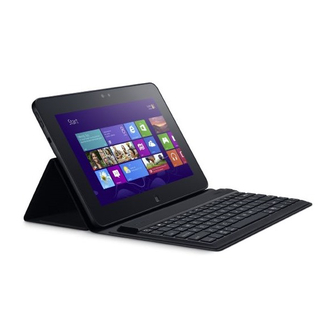
Dell Mobile Venue Owner's Manual
Dell latitude 10 - st2 owner's manual
Hide thumbs
Also See for Mobile Venue:
- User manual (161 pages) ,
- Getting started manual (46 pages) ,
- Manual (75 pages)

















Need help?
Do you have a question about the Mobile Venue and is the answer not in the manual?
Questions and answers